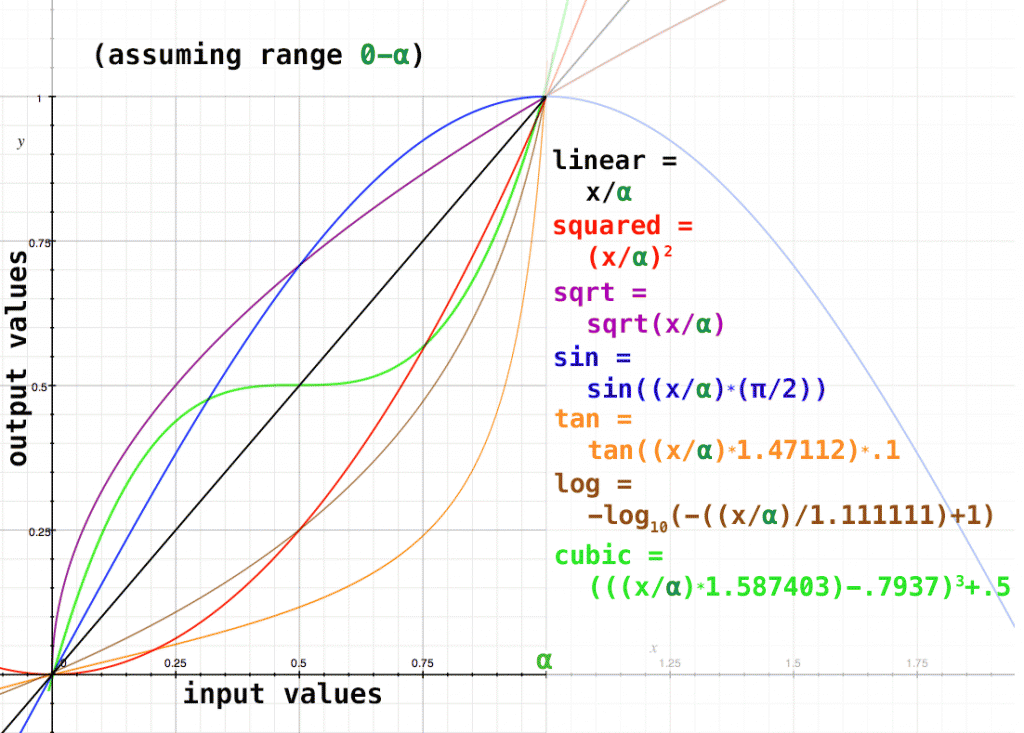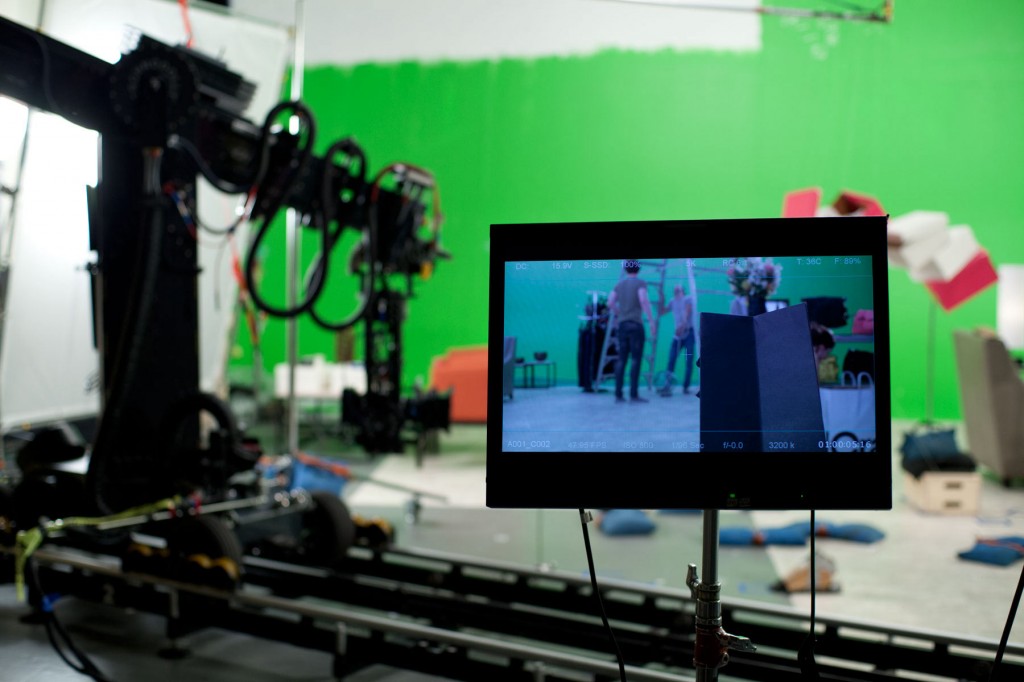
I’ve been working on some cloud-related projects, and I needed a streamlined way to make many different clouds – with art-directed shapes – quickly and simply. I’ve come up with an OTL that takes rough input geometry and then builds a wispy, fractal-y volume for rendering.
The asset is implemented in Volume VOPs, using simple noise equations to extrapolate cloud-like edges. It creates an intermediate geometry out of metaballs, then creates a volume and adds noise. With this, you can quickly and easily create simple cloud shapes and convert them into high-quality clouds for rendering.
Download:
cloudMaker OTL
requires houdini 12.5 or higher




